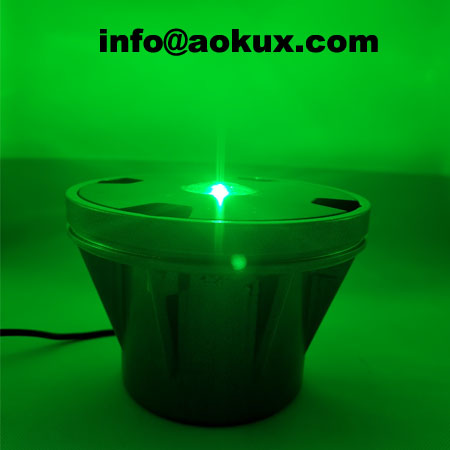
Enhancing Safety and Efficiency with Heliport Lighting
Introduction:
Heliports are crucial infrastructure for helicopter operations, serving various industries such as emergency medical services, offshore operations, and aerial transportation. Ensuring the safety and efficiency of heliports is of utmost importance to minimize risks and facilitate smooth operations. One critical aspect of heliport safety is heliport lighting. In this article, we will explore the significance of heliport lighting and its role in enhancing safety and efficiency.
Importance of Heliport Lighting:
Heliport lighting refers to the lighting system installed on and around the heliport. Its primary purpose is to provide visual guidance and ensure safe landing, takeoff, and ground operations for helicopters, especially during low light conditions or at night. Here's why heliport lighting is essential:
Enhanced Visibility:
Heliport lighting significantly enhances the visibility of the heliport, allowing pilots to easily locate and approach the landing area. It helps prevent accidents and collisions, especially in areas with limited visibility or complex surroundings. The lights act as beacons, guiding the pilot towards the designated landing spot.
Clear Boundaries:
The lighting system clearly demarcates the boundaries of the heliport, preventing unauthorized access or encroachment. This ensures that only authorized personnel have access to the heliport, maintaining security and avoiding potential safety hazards. By clearly defining the area, heliport lighting helps prevent accidents caused by pedestrians or vehicles straying into the landing zone.
Obstacle Detection:
Heliport lighting can be configured to detect and highlight any obstacles or hazardous conditions near the heliport, such as tall structures, power lines, or uneven terrain. This allows pilots to make informed decisions and take necessary precautions while approaching or departing from the heliport. It significantly reduces the risk of collisions or accidents caused by obstacles that may not be visible during critical phases of flight.
Emergency Situations:
In emergency situations, heliport lighting plays a vital role in guiding helicopters during rescue operations or medical evacuations. It enables swift and safe landing and takeoff, even in challenging conditions, improving response times and saving lives. The well-lit heliport acts as a beacon for emergency services, ensuring they can quickly locate and access the landing zone.
Factors to Consider in Heliport Lighting:
When designing a heliport lighting system, several factors should be taken into account:
Intensity and Color:
The lighting should be sufficiently bright to ensure visibility from a distance but not excessively bright to cause glare or discomfort to pilots. White or green lights are commonly used for heliport lighting, as they are easily distinguishable in various weather conditions.
Placement and Coverage:
The lights should be strategically placed around the heliport to provide uniform coverage and ensure visibility from all directions. Careful consideration should be given to the heliport's layout and any potential obstructions that may affect the lighting system's effectiveness. Adequate lighting should extend beyond the heliport itself to provide visual guidance during approach and departure.

Redundancy and Maintenance:
Heliport lighting systems should have redundant power sources and backup systems to ensure uninterrupted operation. Regular maintenance and inspections are crucial to identify and address any issues promptly. Routine checks should be conducted to ensure the lights are functioning correctly and that there are no burnt-out bulbs or damaged fixtures.
|
Heliport Lighting |
Heliport Light |